
The Best Snowboard Binding Angles For Beginners [Revealed]
New and used Snowboard Bindings for sale in Athens, Georgia on Facebook Marketplace. Find great deals and sell your items for free.
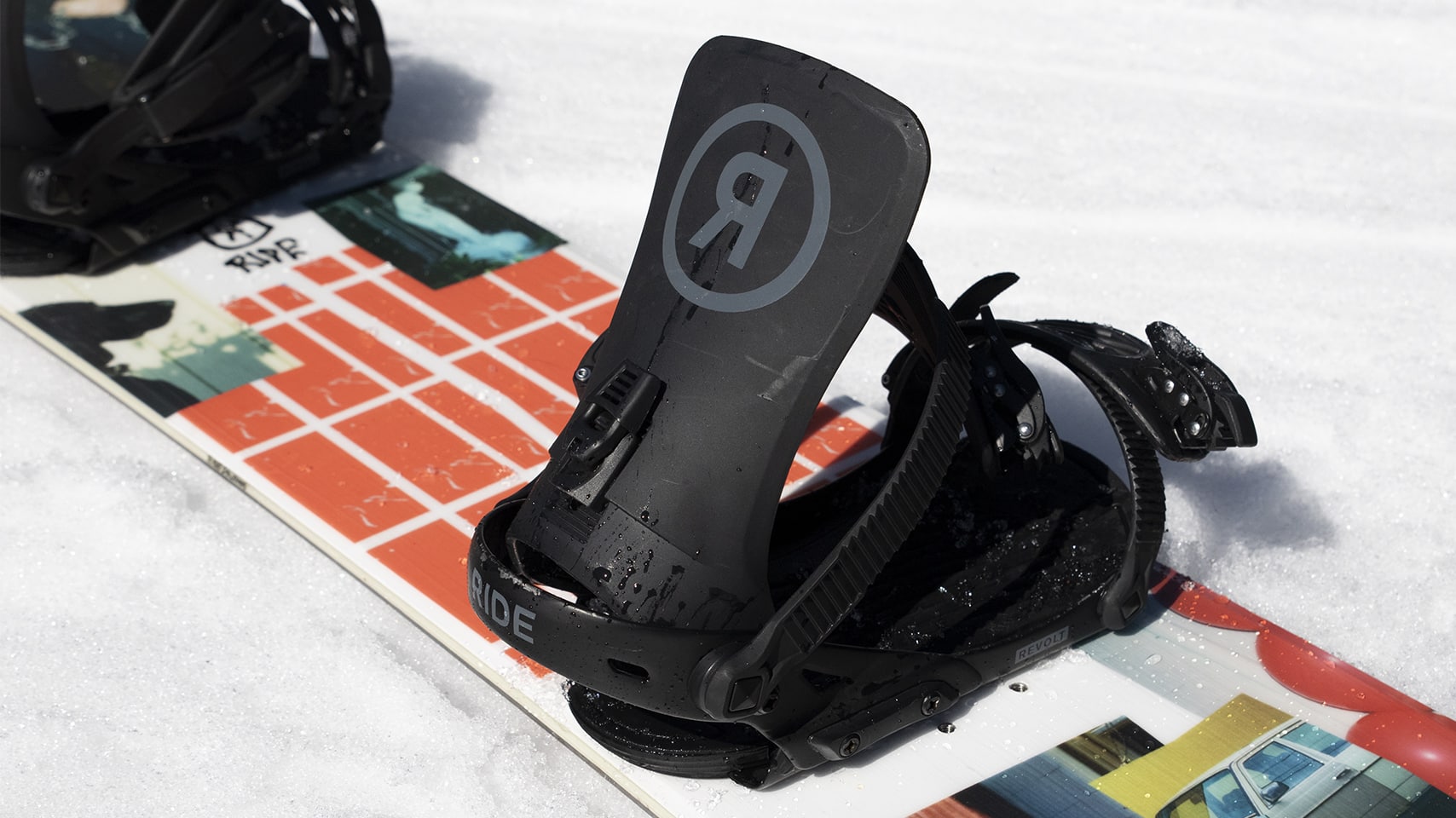
How to Put Bindings on a Snowboard Stance, Angles & More Tactics
To be fully ready to shred, we need to make sure our snowboard binding angles are also in the right place. Otherwise, we're leaving gnar on the table. And we don't want that. So welcome to my guide on the different types of snowboard binding stances and how to find your perfect angle. Let's get it.
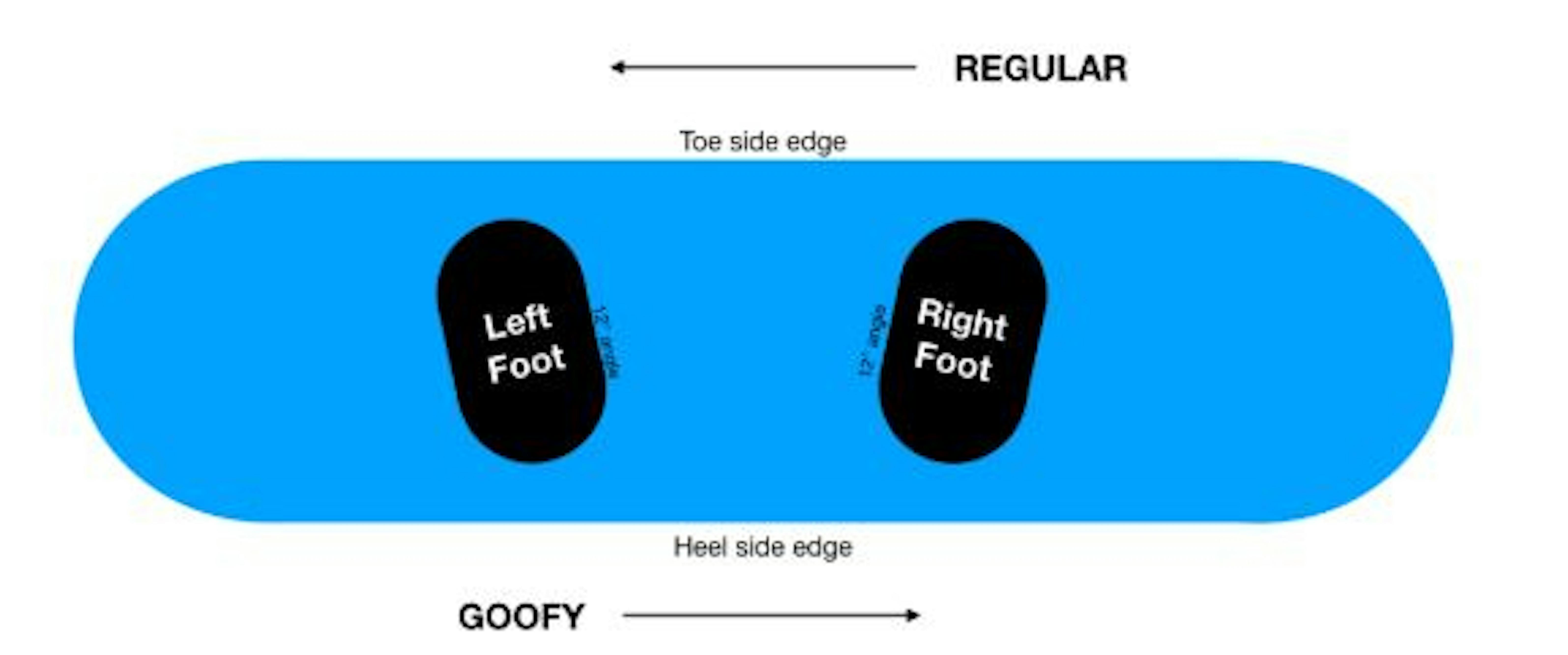
What Snowboard Binding Angles Should You Use?
An angle where your toes are pointing towards the nose (tip/front) of the board is a positive (+) angle and a negative angle (-) is when your toes point towards the tail (back) of the board. Different styles are more suited to certain stances because it can make it easier to perform what is needed for that style.
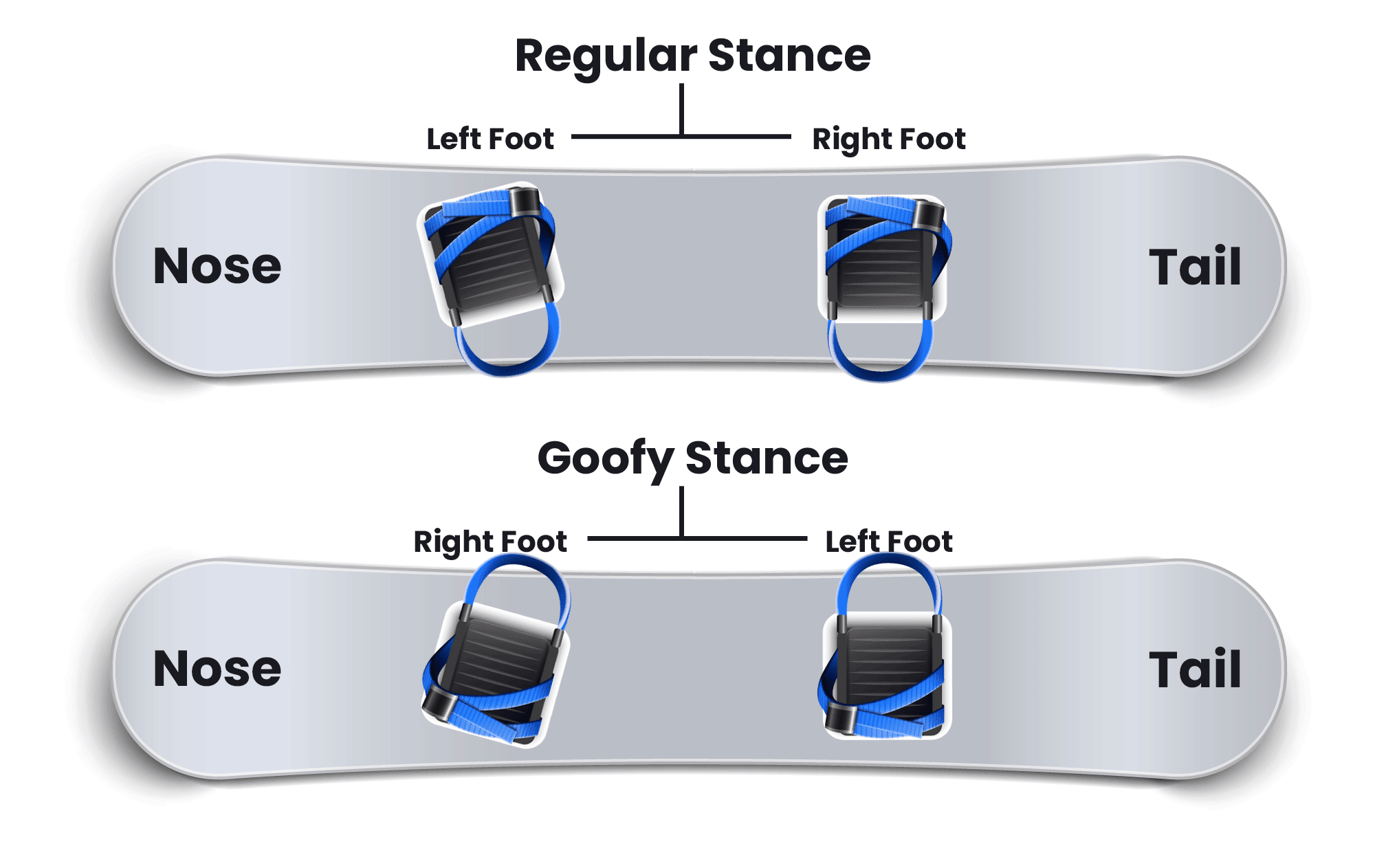
Snowboard Binding Angles How To Pick The Right Positioning
Finding Your Sweet Spot The optimal binding angle for you will depend on your personal preferences and riding style. Some riders prefer a more duck-footed stance, with both bindings angled towards the center of the board. This can provide greater comfort and balance, especially when riding switch.

What Snowboard Binding Angles Should You Use?
3. The Outliers Certain pro snowboarders use some pretty bizarre stance setups. I don't mean to call him out… but Yuki Kadano's binding angles of +6/-9 are mind-boggling. His feet literally point more towards the tail than the nose! I gave them a try… Sadly I wasn't able to replicate his back-to-back triple cork 1620s.
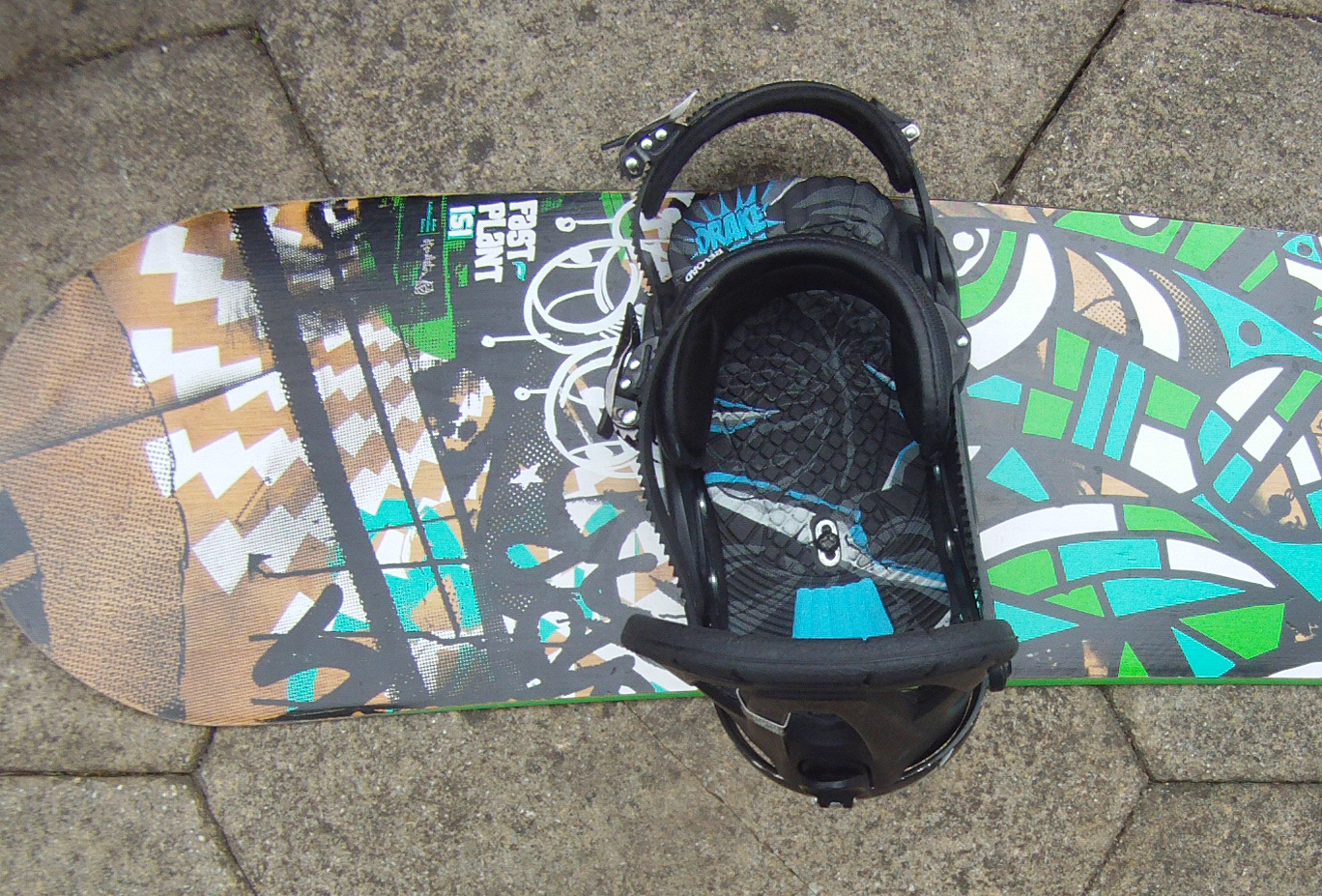
Snowboard Bindings Angles
The best snowboard binding angles for beginners are usually +15/+0. However, some riders instead choose a duck stance, allowing for an easier transition into freestyle. Ultimately your angles vary depending on preference, ability, and riding style. Which angles are right for you? Stick around to find out… What Are Binding Angles?
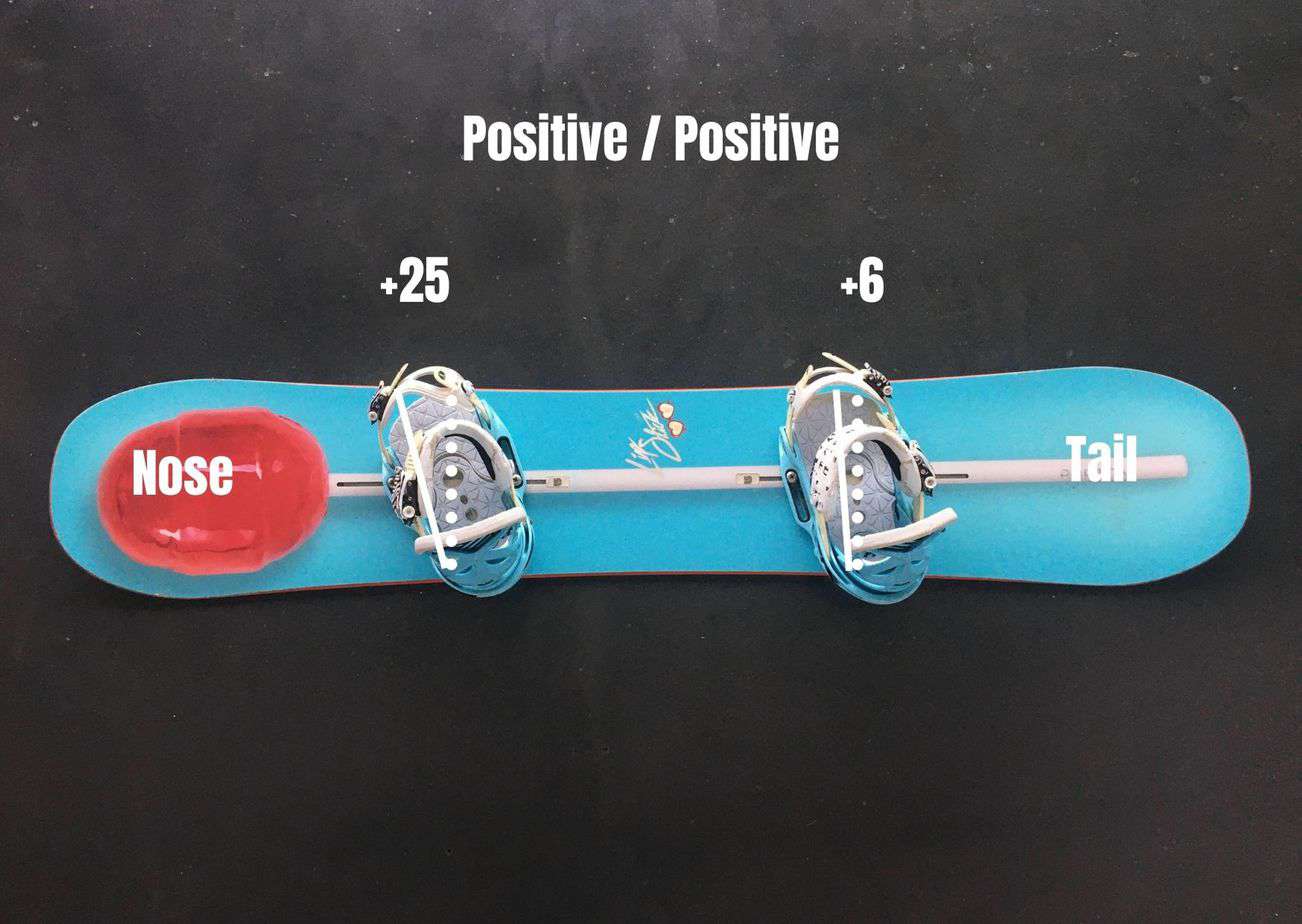
What Snowboard Binding Angles Should I Use? Snowsports Guru
Snowboard binding angles play a pivotal role in your snowboarding experience, and understanding how to optimize them is key to elevating your performance. Whether you're carving down a steep powder-filled slope or practicing tricks in the terrain park, your binding angles can make all the difference.

What Snowboard Binding Angles Should You Use?
Snowboarding 101: The Best Stance and Binding Angles for Your Snowboard Published on 05/27/2023 · 8 min read Trying to figure out how to pick the perfect snowboard stance and the binding settings to go with it? Start here with this simple explainer. By Snowboarding Expert Matt Curran Photo by Markos Mant

Snowboard Binding Angles How To Pick The Right Positioning
A complete guide in the explanation of snowboard angles and widths, and how to determine your stance. And how to properly mount both 4-hole and Burton EST Bi.

What Snowboard Binding Angles Should You Use?
6'1"-6'4" / 185-193 cm. 22-24" / 56-61 cm. > 6'4" / 193 cm. 23-25" / 58-63.5 cm. For most boards, your ideal stance width should be within an inch of your board's reference stance. Reference stance is the stance location that the dimensions of a given model/size board are designed around. You'll find the reference stance location and width.

How to adjust your snowboard bindings?
Most beginner and freestyle riders use a duck stance where bindings in front are set at positive angles and bindings in back at negative angles. For example, a mirrored duck stance would have your feet angled at +12 degrees in the front and your feet angled at -12 degrees in the back. The other major setting to consider is binding highback.

How to Improve Your Snowboarding Stance PRO TIPS by DICK'S Sporting Goods
The main Snowboard Binding Angles are the Positive / positive (+/+) in which both bindings have a positive angle. Positive/negative (duck) which has a positive angle on the front binding and a negative angle on the back binding. Finally, the positive/zero (+/0) where the front binding has a positive angle and the rear binding has 0-degree angle.
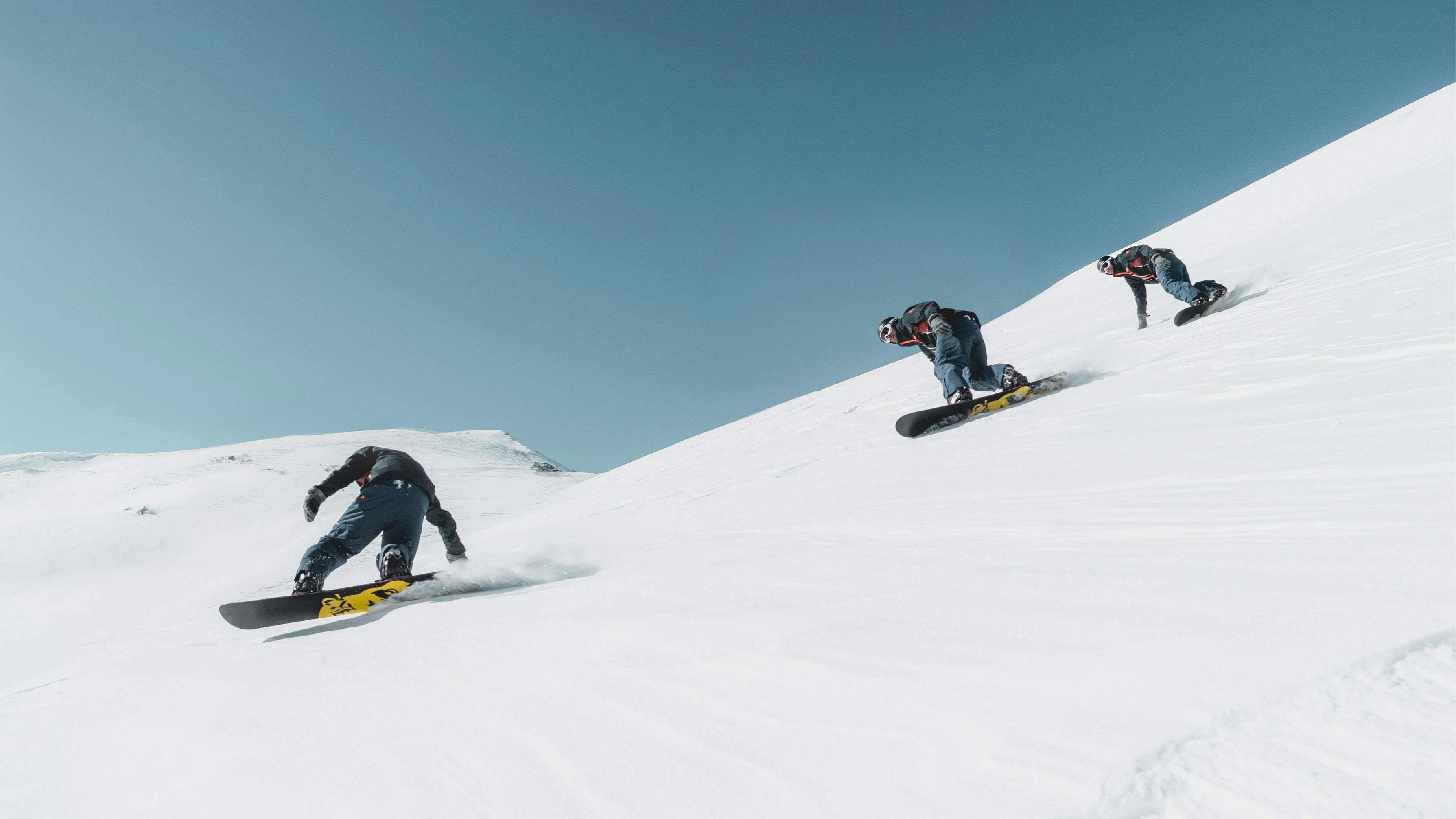
What Snowboard Binding Angles Should You Use?
A snowboard binding angle refers to the angle of your feet across the snowboard. On the baseplate (bottom) of a binding sits a disc. This disc rotates, allowing the binding to swivel anywhere from +30 degrees to -30 degrees. The binding degrees are marked on the disc, with a pointer or arrow on the baseplate.

Snowboard Binding Buyer's Guide The perfect snowboard binding for you
Snowboard binding angles are one of the most important elements of snowboarding - they connect you to the board and allow you to direct your actions. Correctly matching your binding angles to your style will give you a better experience and more control.

How to Set Binding Angles on a Snowboard ASO Mammoth
Updated October 5, 2023 Equipment This article was written by Graeme Gibson The angle of your bindings and the stance width between the bindings can have a huge effect on how your snowboard rides. So before you reach for the screwdriver there are a few things you should think about: How to work out if you're regular or goofy

What Snowboard Binding Angles Should I Use? Snowsports Guru
How to Set Up Binding Angles for All Mountain Snowboarding | Snowboarding Profiles The Right Gear for the Perfect Ride How to Set Up Binding Angles for All Mountain Snowboarding Last Updated: May 4, 2022 by Nate Unfortunately the issue of the right setup doesn't get enough attention.